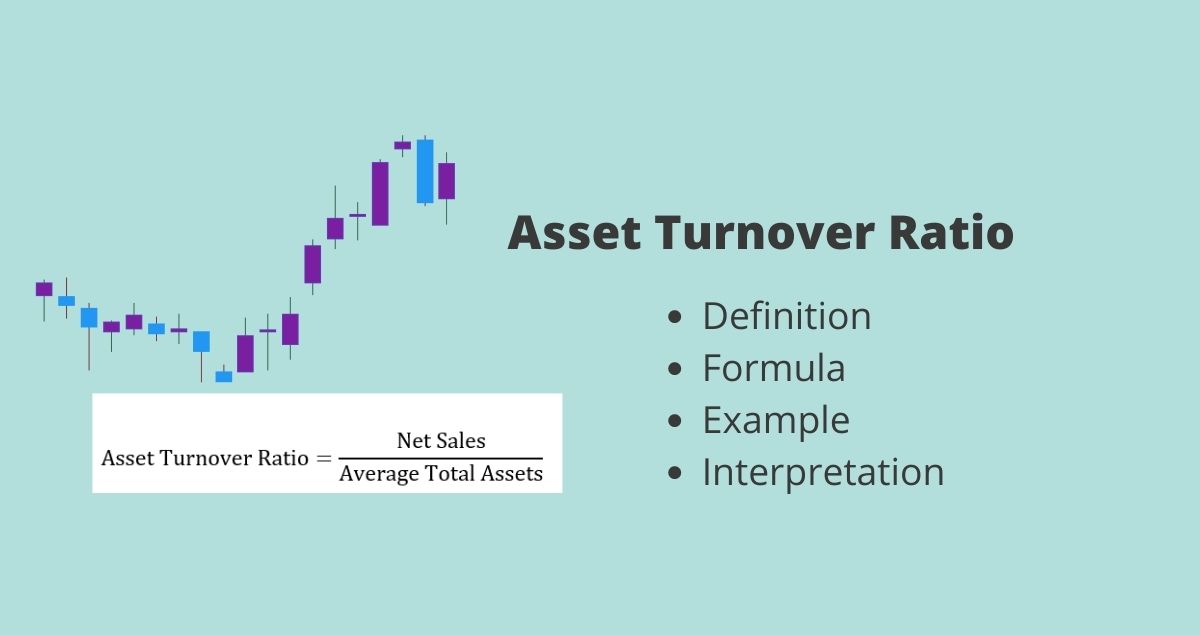

The asset weighted turnover rate identifies funds investors are most heavily invested. According to ICI, the median turnover rate is “a more accurate depiction of the turnover behavior of stock funds.” The median turnover rate is a number at which half of all funds in the category or classification have a turnover rate higher than the median and the other half has a rate lower than the median. This method treats each fund equally when computing a category or peer group average, such as “large cap growth funds.” The simple average turnover rate is what the vast majority of sources use when reporting turnover such figures are also shown in the financial highlights of the fund’s annual report.

There are three commonly used ways to calculate turnover: simple average, median, and asset-weighted. A low-turnover fund will often greatly improve your clients’ odds of good long-term performance. Managers who keep turnover low often practice low-risk strategies. In such cases, the formal definition of turnover ratio would be accurate. On the other hand, there may be instances when much of a fund’s holdings are sold over the course of a couple of years. In such instances, it would be misleading to say the fund changed all of its positions once every X years a more correct explanation is a certain portion is traded (frequently), while most others are held for a number of years. Activity may be focused on a small or moderate percentage of the portfolio. Using the example in the paragraph above, this means the XYZ fund, on average, changes its portfolio completely once every five years (100% divided by 20%).Ī turnover ratio is a “rough” number because many funds will hold onto a large bulk of their holdings for a number of years. One way to view the turnover ratio is it roughly represents the percentage of the fund’s holdings that have changed over the past year. Thus, the turnover ratio of the XYZ fund was 20% ($100 million divided by $500 million). The average amount of assets on a monthly basis for the XYZ fund over the past year was $500 million.

The fund also sold $120 million of equities and long-term bonds during the year. Securities with a maturity of less than a year are not considered.Īs an example, the XYZ fund purchased $100 million of stocks and $20 million of 6-month Treasury bills. It is calculated by taking the lesser of purchases or sales, dividing that number by average monthly net assets. The turnover ratio measures fund yearly trading activity. In the case of passively managed funds, securities are bought and sold due to inflows or outflows of cash (e.g., investors adding money, dividend income needs to be invested, etc.) or because the index the fund is replicating has changed with the addition or subtraction of specific securities.
AVERAGE ANNUAL TURNOVER FORMULA FREE
Securities in an actively managed portfolio may be sold because they are not performing as expected, they no longer fit within the portfolio (e.g., a value stock has appreciated so much it is now considered a growth stock), to free up cash to take advantage of another opportunity or to satisfy shareholder redemptions.Įxisting positions may be added to as new monies flow into the fund or because the characteristics of the security are now more appealing. All mutual funds buy and sell securities.


 0 kommentar(er)
0 kommentar(er)
